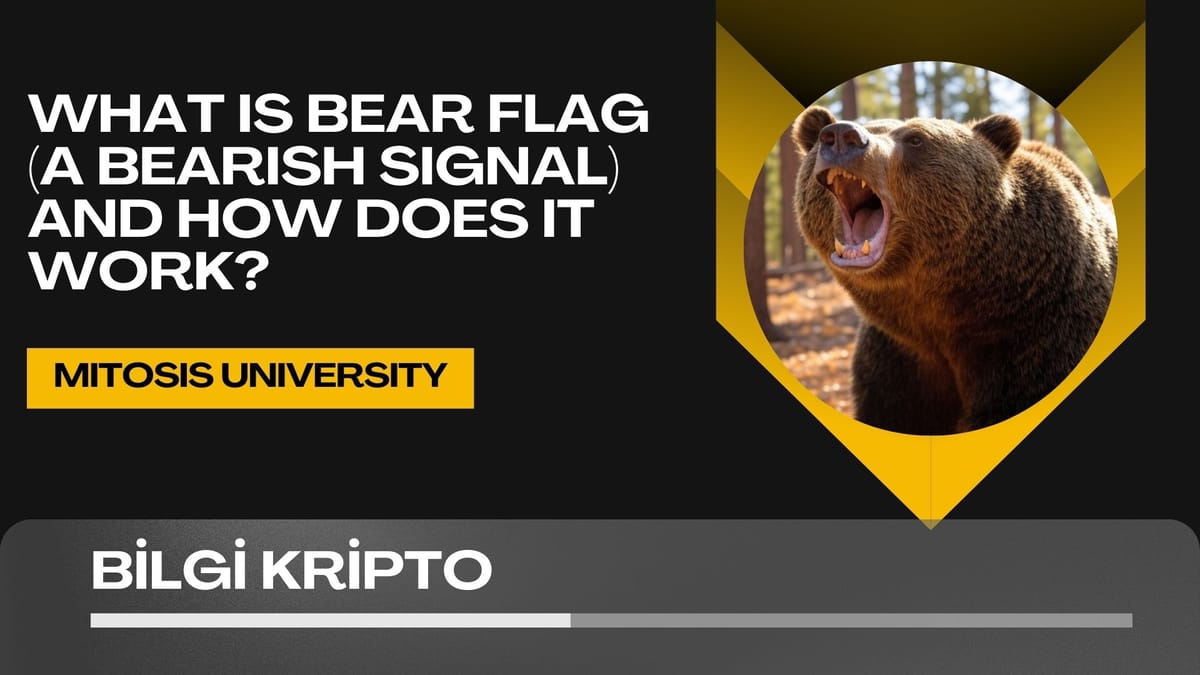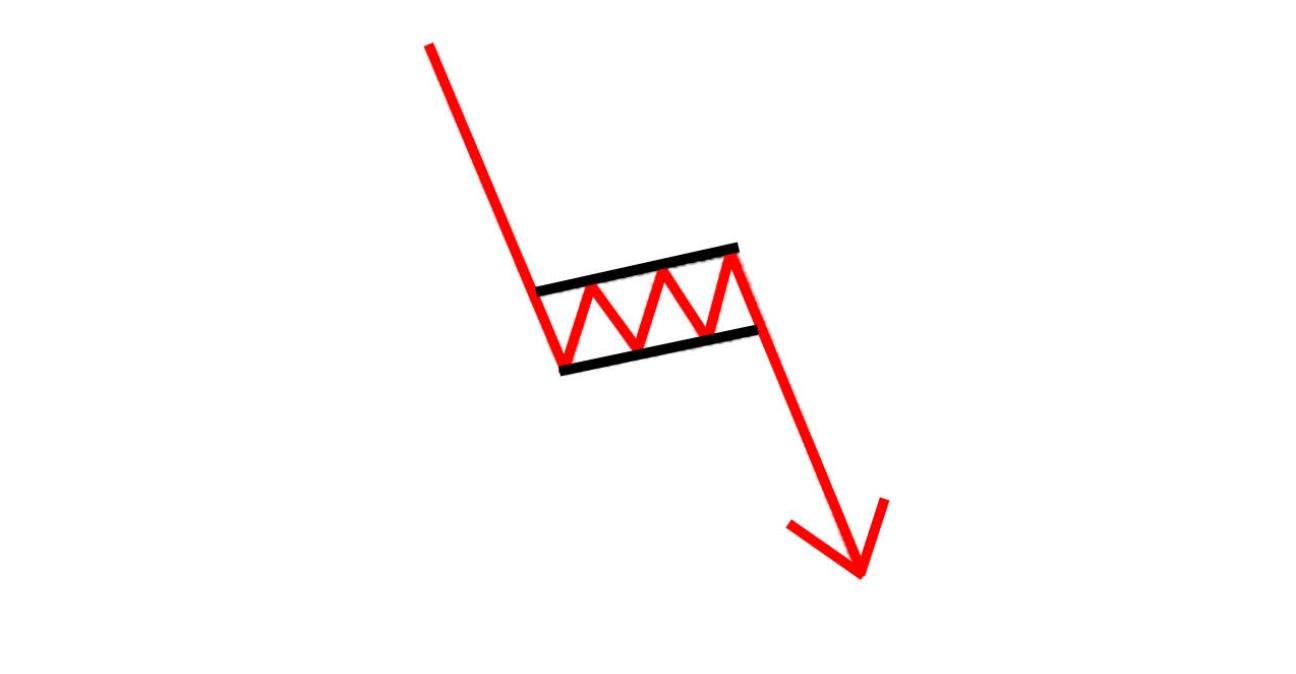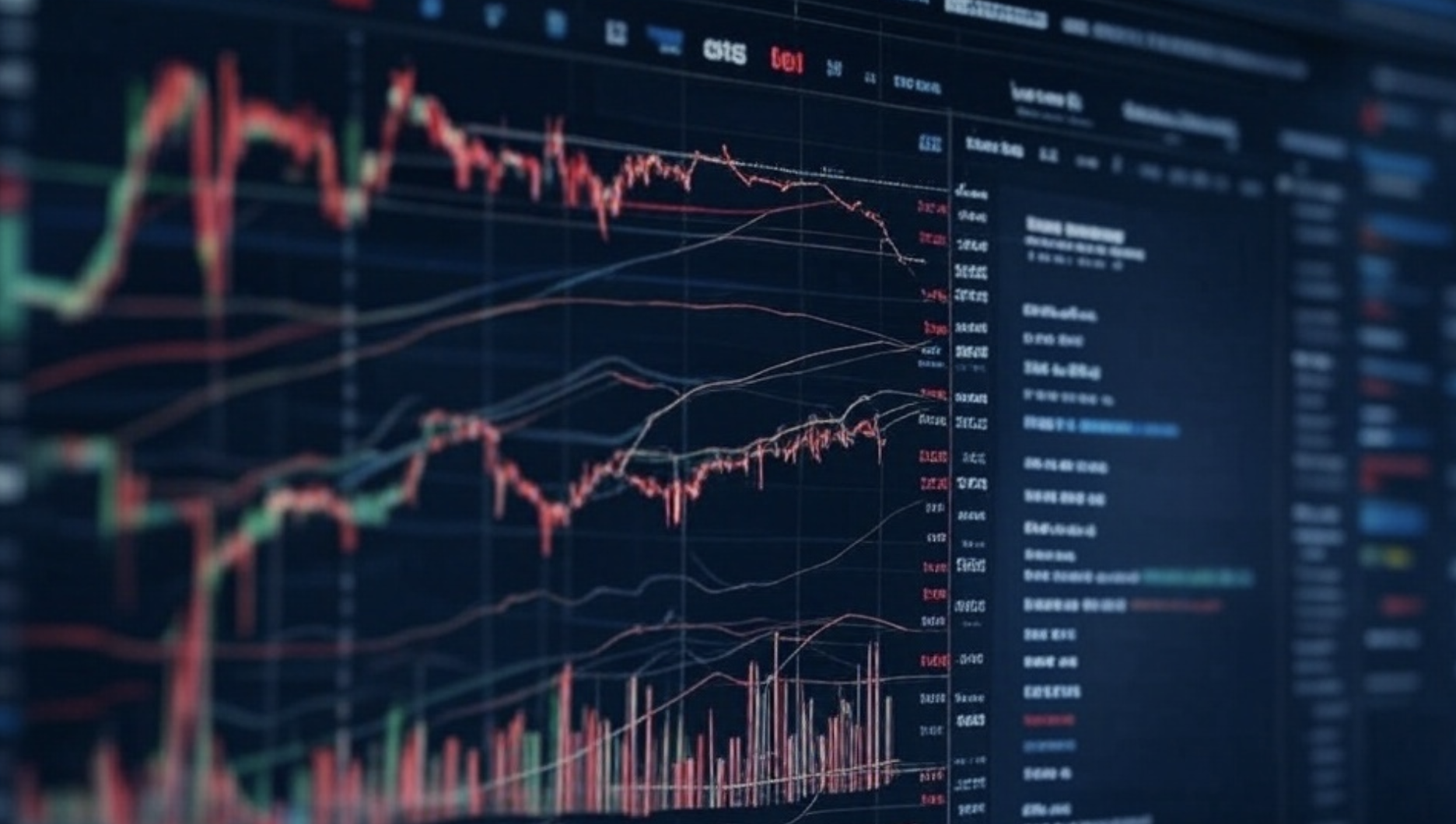What is Bear Flag (A Bearish Signal) and How Does It Work?

In the world of cryptocurrency and stock trading, investors often rely on various technical analysis tools to predict price movements. One of these tools is the Bear Flag chart pattern. But what exactly is a Bear Flag, and how does it work? In this article, we’ll explore what the Bear Flag pattern is, how to identify it, and what it signals for traders.
What is a Bear Flag?
The Bear Flag is a chart pattern that acts as a bearish signal in both the cryptocurrency and stock markets. This pattern forms after a sharp downward movement in the market, followed by a brief consolidation period. It is known for its resemblance to a flag on a pole — the downward movement representing the pole and the price consolidation representing the flag.
A Bear Flag is a continuation pattern, meaning it typically signals that a prevailing downtrend will continue after the consolidation phase. During the flag portion of the pattern, investors who have profited from the downward movement may take their profits, while others may seek to buy the asset at a "discount."

How to Identify the Bear Flag Pattern?
The Bear Flag pattern requires two key components to form:
- Sharp Decline (Flagpole): The first component is a strong, sharp price decline. This downward movement in price serves as the "flagpole" of the Bear Flag pattern.
- Price Consolidation (Flag): After the sharp decline, the price typically enters a consolidation phase, where it moves sideways or slightly upwards. This consolidation forms the "flag" portion of the Bear Flag pattern.
The Bear Flag pattern typically occurs in a rising channel or triangle shape, created by two parallel trendlines or a series of lower highs and lower lows. During the consolidation phase, the volume tends to decrease as the market loses momentum.
Once confirmed, a breakdown below the lower trendline of the flag signals a bearish breakout, indicating that sellers are taking control and that further price declines are expected.

Bear Flag Pattern’s Success Rate
Compared to other technical analysis patterns, the Bear Flag pattern has a lower success rate. Therefore, traders should be cautious and ensure they only trade high-confidence patterns. However, when accurately identified, it can be highly profitable. Here are some key points to keep in mind:
- Lower Success Rate: Not all Bear Flags are successful, and they should be approached with caution. Only the strongest, high-confidence patterns are worth trading.
- Confirmation of the Pattern: For the Bear Flag to be valid, the price must break below the flag's lower boundary and continue to trend downward.
- Price Target: Once the Bear Flag pattern is confirmed, traders typically set a price target by adding the height of the flagpole to the breakout point. This projection helps estimate how far the price may fall.
Understanding the Bear Flag with an Example
Let’s break it down with an example: Suppose a cryptocurrency quickly drops from $2,000 to $1,500. This sharp drop forms the flagpole of the Bear Flag. After this decline, the price consolidates within a range of $1,500 to $1,600, forming the flag portion. If the price breaks below the $1,500 level, this marks the Bear Flag breakdown, and further price declines are expected.
Conclusion: When to Use the Bear Flag Pattern?
The Bear Flag pattern is an important bearish signal in the market, but it should be used with caution. When correctly identified, it can lead to significant profits. However, misidentifications or false breakouts can result in losses. Traders should always be mindful of the risks involved and ensure they have a solid risk management strategy in place when trading based on this pattern.
To successfully analyze the Bear Flag pattern, it is essential to monitor chart patterns, volume fluctuations, and the overall market sentiment. Remember, technical analysis always carries a margin of error, and risk management should always be your top priority!
By following these guidelines and properly identifying the Bear Flag, traders can gain an edge in their technical analysis and increase their chances of making profitable trades



Comments ()